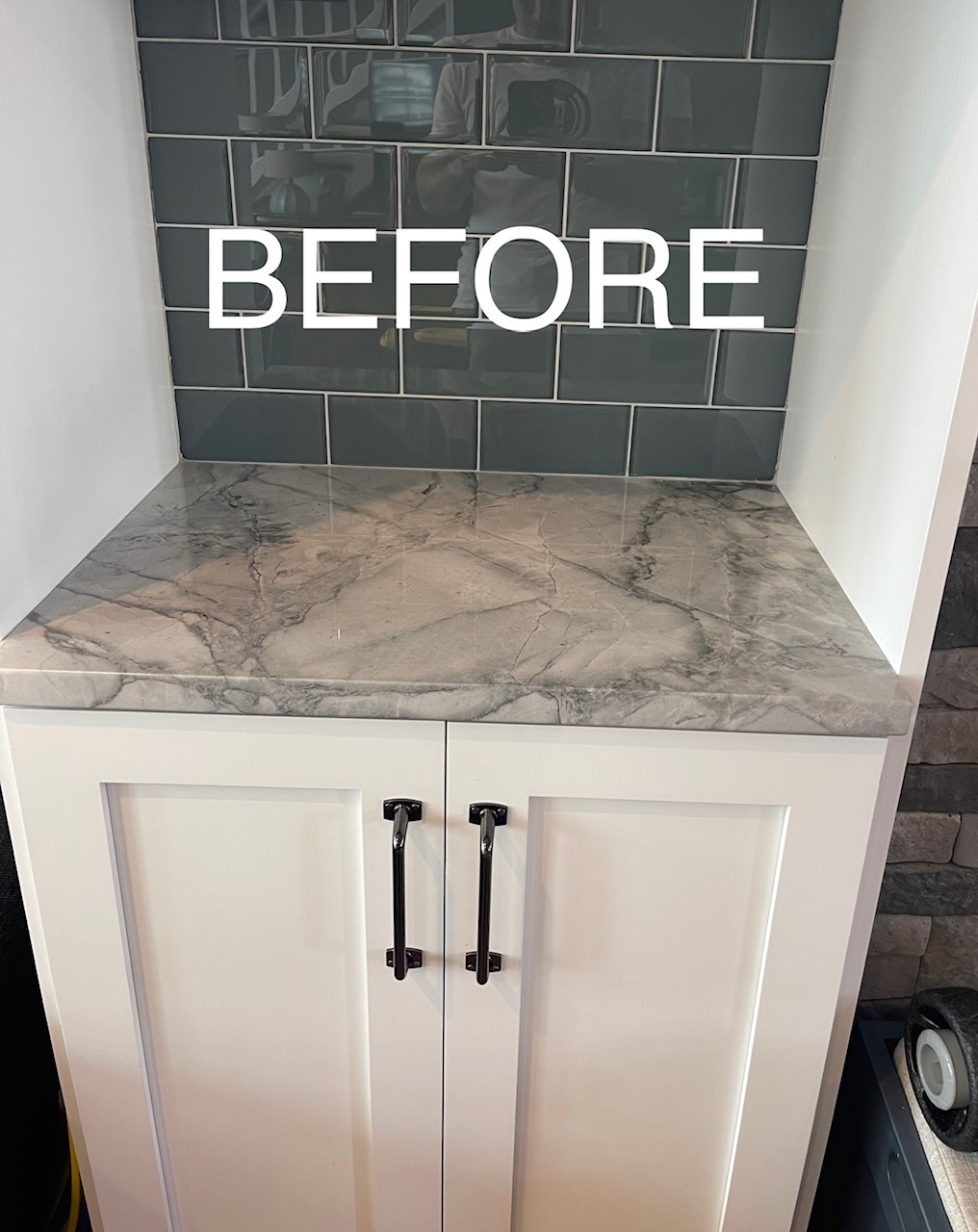Rejuvenating History: The Secrets of Vintage Rock Renewal

Renovating historic rock surfaces is both a blend of art and science, bridging the divide in our valued heritage and contemporary practices. As property owners and preservationists alike explore the realm of rock rehabilitation, comprehending the intricacies behind this craft becomes crucial. Historic rock not only carries the weight of the past but also holds a significant role in the design narrative of our heritage houses. With the right expertise and techniques, anyone can breathe fresh energy into these surfaces while respecting their original character.
In this definitive manual to home restoration, we will explore the key components of rock restoration, examining common challenges and how to prevent them. If you are thinking about a project to improve your heritage property or simply desire to maintain your interior rock features, recognizing the signs that it may be time to restore your facades is critical. We will also explore the best materials and techniques for obtaining stunning outcomes, ensuring that your historic rock preserves its aesthetic appeal and importance for years to come. Accompany us as we uncover the mysteries of stone restoration and its importance in protecting our shared heritage.

Best Materials for Renovating Historic Residences
During starting a renovation task for heritage homes, choosing the appropriate materials is crucial to protecting genuineness and preserving structural integrity. Conventional fabrication materials such as lime mortar and local rock are often preferred due to their compatibility with traditional construction methods. The lime-based product provides adaptability and ventilation, preventing dampness retention that could damage the original masonry. Similarly, utilizing native stone matches the initially crafted design and characteristics of the home, securing a smooth joining with existing buildings.
Additionally, timber plays a vital role in revitalization endeavors, particularly for features like beams, trim, and floor surfaces. Heritage residences typically used specific wood kinds indigenous to the region, making it important to find repurposed or sustainably gathered timber that fits the initial supplies. In cases where replacing fenestration or doors, the utilization of premium wood is important in addition for aesthetic aspects but also for boosting insulation while keeping loyal to the house's design form.
Lastly, final products including agents for stone sealing or green coatings should be meticulously selected. These specific products should to protect while enabling historic textures to ventilate. Incorporating materials that acknowledge the historic value and artistry of the house will contribute to a effective and respectful revival, ultimately preserving the essence of the history alive for future ages.
Is It the Right Moment to Renew Your Rock Exteriors?
Assessing whether it is time to renew your natural stone exteriors primarily depends on the condition and appearance of the material. If you notice clear breaks, stains, or surface damage, these are clear signals that restoration might be necessary. Additionally, if marble tile repair sydney have lost their sheen or have become rough to the touch, it can influence the overall aesthetic of your environment and may necessitate a qualified assessment.
Another factor to think about is the practicality of the material. Areas with high foot traffic, such as passageways or entrances, may experience more wear and tear, making them ideal subjects for restoration. If you discover that cleaning no longer returns the material's original appearance, or if it looks to absorb stains quicker, it is likely time to look into restoration options to ensure your surfaces remaining spotless.
To wrap up, consider the historical value of your stone exteriors. For old stones, restoration is not just about appearance but also protecting the heritage and authenticity of the material. If you own a property with significant historical importance, consulting experts in stone refurbishment can aid ensure that you preserve its character while increasing its lifespan. Recognizing Click to find out more and taking steps in a timely manner can reduce you time and costs in the long term.
DIY vs. Expert Rock Repair
When thinking about stone restoration, one of the main choices homeowners face is whether to tackle the job themselves or hire a specialist. Do-It-Yourself repair can be appealing because it offers a sense of achievement and often comes with lower initial costs. However, the process can be labor-intensive and demands a certain level of competence and knowledge about materials and methods. Without proper expertise, there’s a chance of damaging the rock even more or not achieving the desired results.
On the other side, enlisting a professional comes with its advantages. Experts have experience and specialized tools that can lead to a more comprehensive and effective repair. They can assess the condition of the rock accurately and recommend the best methods for repair and cleaning. While this choice is typically more expensive, hiring an expert can preserve time and ensure that the job is done properly, preserving the cultural significance and quality of the stone.
In the end, the choice should depend on the particular conditions of your restoration project. For minor repairs and maintenance, a Do-It-Yourself method may suffice. However, for more extensive damage or antique pieces, investing in a professional solution could be the best way to make certain that the rock is restored to its former glory without risking damage.
